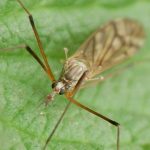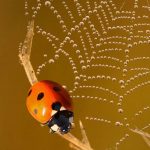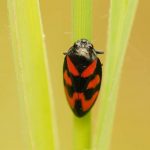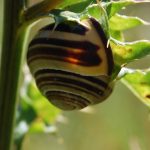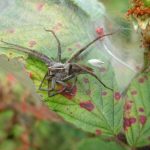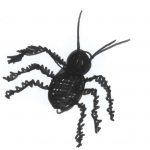
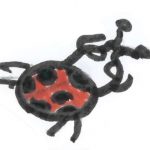
Invertebrates are creatures that don’t have a backbone!
Invertebrates can be found in many different places, at Hardwick Dene they can be found in;
- Woodland-shady-damp-such as under dead bits of wood.
- Man made structures-such as paths, fences and metal structures.
- Meadows-such as wildflowers meadows and grasslands.
3 examples of types of invertebrates that can be found are: insects, molluscs and arachnids.
Insects
- The number of insect species is believed to be between six and ten million.
- Insect bodies have three parts, the thorax, abdomen and head.
- Insects have two antennae.
- Insects have three pairs of legs.
- Insects are cold blooded.
- Most insects hatch from eggs.
- Bees are found on every continent except Antarctica.
Insects you might find at Hardwick Dene:
Beetles
Ladybirds might be seen taking refuge on the leaves of nettles, which do not sting the lady birds making this a good place for them to hide from things that might eat them. Ladybirds are usually red with black spots but can come in other colours too such as black and yellow, this is to warn off any predators. There are as many as 46 species of ladybird in Britain, and the number of spots relates to the type of ladybird it is – not it’s age!
Image by Jon Hawkins- Surrey Hill Photography
Shield Bugs
You can identify these by their oval or 5 sided shield shaped bodies. They feed on the sap of plants so might be found on some of the hedges and trees around the Dene.
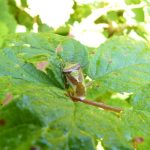
Froghoppers
In June, you might see white froth on some of the grasses and plants in the Dene, this is produced by the babies of Froghopper insects. They do this so that they can be safe from predators while feeding on the plants, the froth is called “cuckoo spit”. They can jump a great distance when threatened. Froghoppers can be seen in trees and long grasses from June to September.
Image by Amy Lewis
Molluscs
Molluscs have soft bodies and most have shells.
Molluscs at Hardwick Dene
Snails
You find snails on trees and under logs they like to live in wet and cold places. They cover their bodies with a thin layer of mucus, which prevents them from drying out. While moving, snails they leave behind a trail of this mucus which acts as a powerful lubricant to reduce friction against the surface. They are both male and female.
Slugs
Snails and slugs are the most common molluscs. Slugs are almost the same as snails but don’t have a shell, they will also be found in similar places you will find snails. It is thought that the the leopard slug is widespread in the UK but there’s not many records of where it actually is.
Ways to know if you have found a leopard slug:
- It can be up to 16cm when fully grown!
- It’s colour can be brown or grey with black or brown spots
- Front of the body has spots and the back has dark stripes which may turn into a row of spots
Arachnids
This group of creatures has eight legs. Spiders make up most of the arachnids in the world. Spiders have eight legs that make it easier to catch flies and other small animals, their legs can help them to move very quickly.
Arachnids at Hardwick Dene
Garden Spider
This spider is very common in the UK and can be found almost anywhere- and you will probably see one while you are at Hardwick Dene because they love gardens and woodland. They are brown with white spots in the shape of a cross on their back. These spiders feed on flying insects.
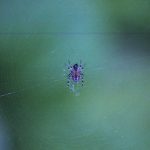
Nursery Web Spider
You might see this spider sunbathing in the nettles or it might be around the grassland areas. This spider is interesting because it doesn’t make a web to catch food- they chase flies and small insects to catch them. The female carries the egg sack in her fangs then she builds a silk sheet to act as a tent when the eggs are ready to hatch, she then protects them until they are ready to leave her. The Nursery Web Spider is quite a large spider that is brown in colour and has black stripes along the length of it’s body.
